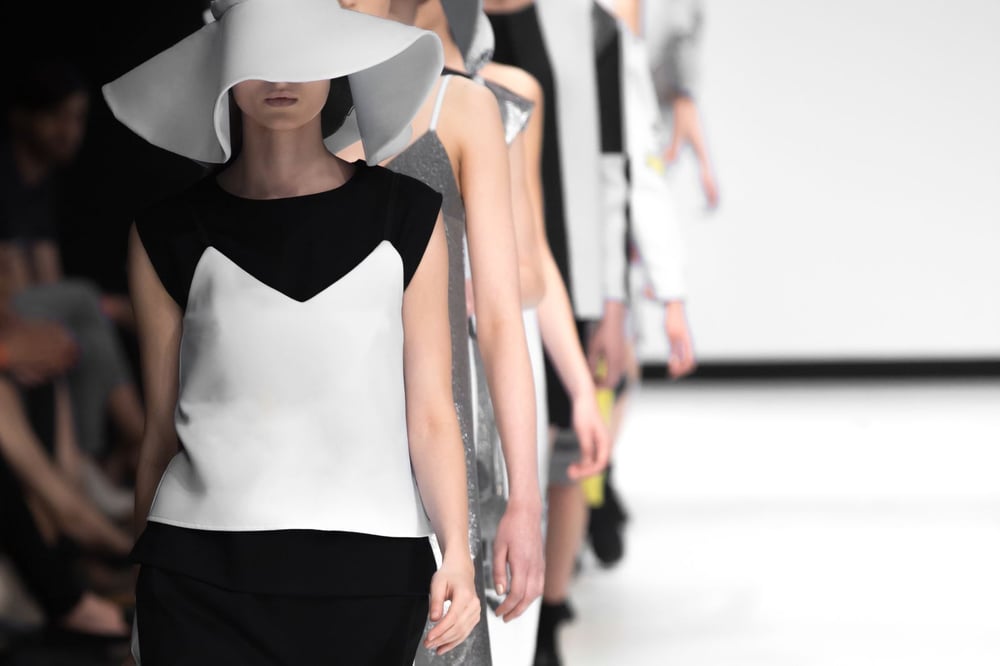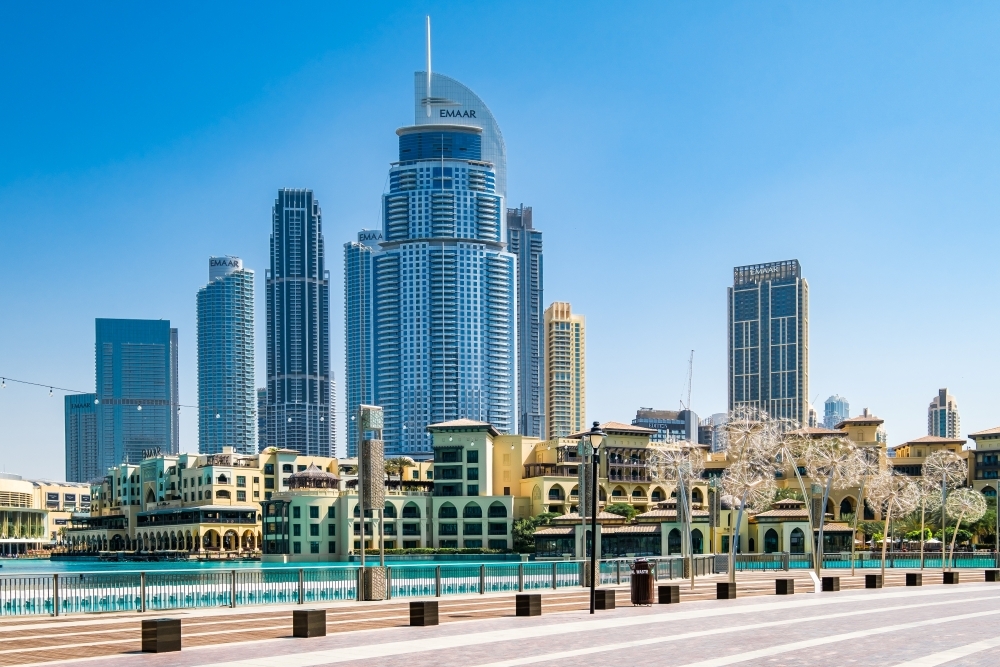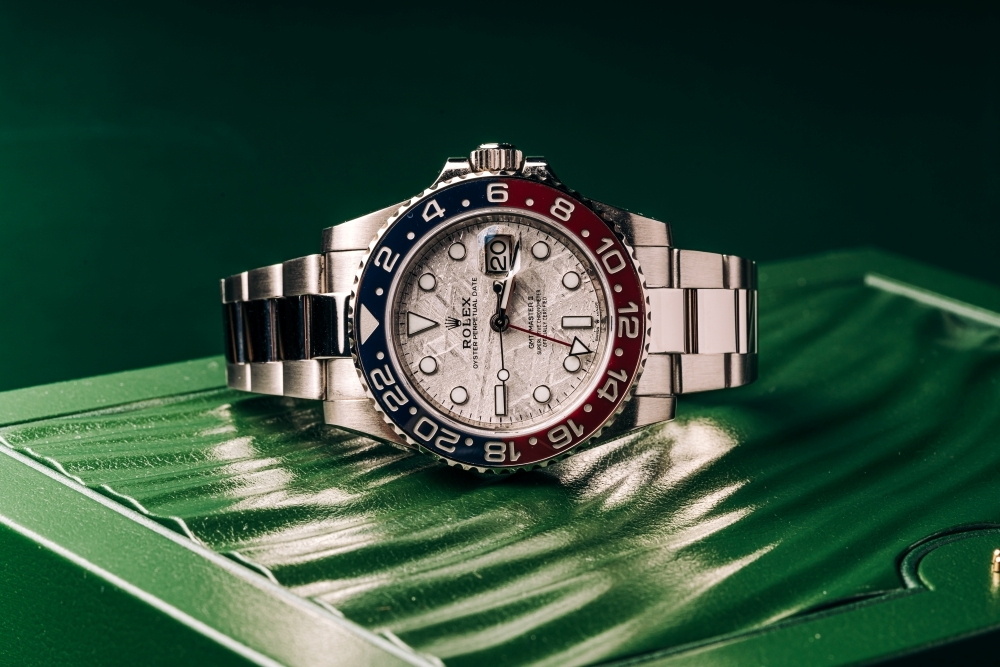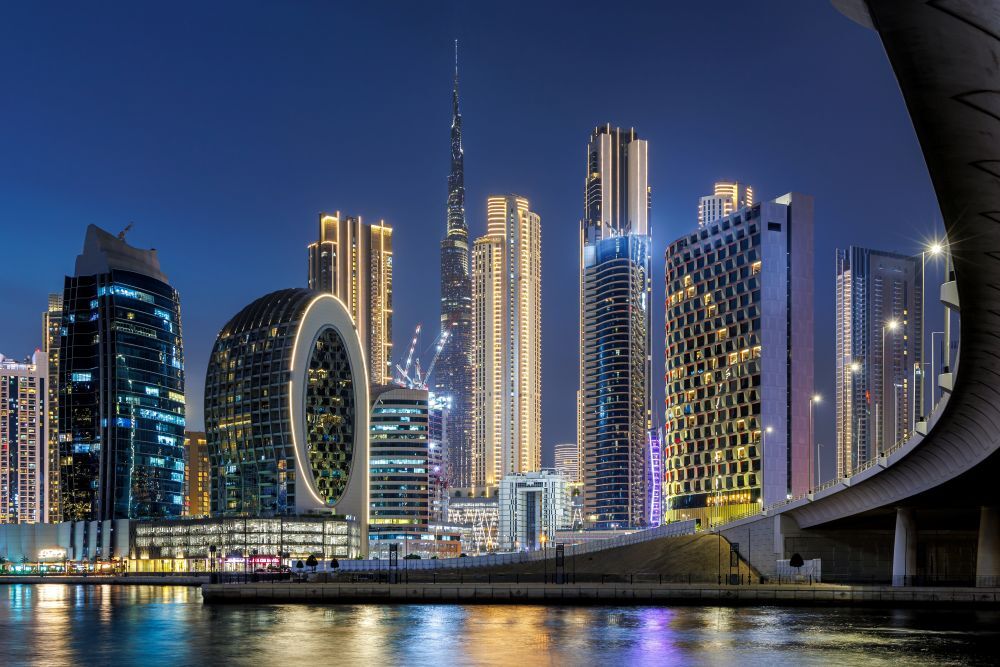London Fashion Week SS26: What To Expect, How To Attend
Twice a year, London transforms into a global runway. Since its launch in 1984, London Fashion Week has become one of the most influential – and most disruptive – fixtures of the international fashion calendar. Unlike the polish of Paris or the gloss of Milan, London has always been a place for rebellion and reinvention. This is where Alexander McQueen once rattled the establishment, where Stella McCartney debuted, and where emerging student designers from Central Saint Martins showcase new forward-thinking collections. This is a platform that celebrates both British legacy – from Burberry to bespoke Savile Row tailoring – along with the restless, subcultural spirit that defines London’s experimental, DIY fashion scene.
What sets London Fashion Week apart is its setting. While 180 The Stand is the official base, the weekend unfolds across the city in multiple venues – from heritage houses to brutalist industrial spaces and hidden corners that only London can offer. Off the runway, the creative scene spills into galleries, private members’ clubs and exclusive after-hours events that feel as vital as the shows themselves. London Fashion Week returns on 18 September for the Spring/Summer 2026 womenswear collections – a five-day circuit of fashion, film, and forward motion.

London Fashion Week: A Brief History
London was the last of the ‘Big Four’ cities to establish its own fashion week. Spearheaded by the newly formed British Fashion Council, it carries a simple mission: to prove that British fashion could hold its own on the global stage and stand shoulder to shoulder with Milan, New York and Paris. The debut was famously modest, staged in an unassuming white tent in the car park of the Commonwealth Institute in Kensington, but the impact was immediate. That same year, while serving as the representative of the British fashion industry, Katharine Hamnett made headlines wearing a bold “58% Don’t Want Pershing” T-shirt (an anti-nuclear missile message) when meeting then-Prime Minister Margaret Thatcher. The following season, Vivienne Westwood brought her era-defining punk aesthetic to the official calendar with SS85’s Mini-Crini, formally introducing counterculture to the runway.
By the 1990s, London Fashion Week had become something of the enfant terrible of the fashion calendar. A young Alexander McQueen emerged from Central Saint Martins, staging visceral, performance-led shows in garages and derelict warehouses. His controversial Highland Rape collection in 1995 shocked audiences with its brutality and brilliance – a searing, if controversial, statement on violence and cultural trauma.
1995 marked another milestone for London Fashion Week: it was the year Stella McCartney debuted her graduate collection at Central Saint Martins. With Kate Moss and Naomi Campbell walking in low-slung silk and sheer organza to a soundtrack by her father, Paul McCartney, the show struck a perfect balance between insouciance and star power. The collection was bought in its entirety by London boutique Tokio within minutes – a rare feat for a student show – and positioned McCartney as one of the UK’s most important designers.
Venues shifted over the years from the Natural History Museum to Somerset House to 180 The Strand, but the mood stayed the same: experimental, risk-taking, and a little off-centre.
What to expect at London Fashion Week 2025
Taking place from September 18 to 22, this season is set to blend poise with provocation. While the official schedule is yet to be unveiled, September often sees the return of key players from the February shows, and if the past season is any guide, we can expect an eclectic mix of legacy designers and ambitious newcomers. Last season, Daniel Lee steered Burberry into a more minimalist, tactile direction, while JW Anderson delivered one of his signature shape-shifting performances – part irony, part conceptual theatre. As ever, London’s sharpest energy is likely to come from its edges. The NEWGEN cohort – including names like Chet Lo, Conner Ives, and Susan Fang – is expected to bring more experimentation to the calendar, spotlighting collections that look as sculptural as they do wearable.
SS26: How to Attend, Where to Stay
London Fashion Week is a trade event at its core, and most runway shows are invite-only. That said, the week isn’t entirely off-limits to the public. Every season, the British Fashion Council releases a limited number of public-access tickets for select shows, and the broader calendar is growing more inclusive. Beyond the catwalk, the City Wide Celebration plays host to everything from private collection previews and retail exclusives to fashion-forward cocktail evenings. One of the more anticipated experiences this year is Charles Jeffrey Loverboy’s “Prepared Piano” – a live, ticketed showcase of fashion, music and performance, set inside the legendary Abbey Road Studios.
For those drawn to the more cerebral side of fashion, Fashion Week Presents curates a roster of talks and installations that explore the ideas behind the collections, not just the clothes. As always, well-connected concierge or fashion publicist can offer access to what the official calendar doesn’t show.
Many of the main events of London Fashion Week orbit around 180 The Strand and Fitzrovia, with others spilling into Shoreditch and Hackney. In terms of hotels, Claridge’s and The Connaught are the traditional bases, while The London EDITION is a more playful, cosmopolitan alternative. If you’re not in London during fashion week, you’re not entirely out of the loop. Many designers now livestream their shows or release digital lookbooks – a habit born in the pandemic that’s very much here to stay.
Final Thoughts
What began as a modest showcase in a Kensington car park has evolved into one of the most anticipated events in the fashion world. Today, London Fashion Week remains true to what it has always been – a celebration of boundary-pushing design and cultural commentary, where style is treated as a deeply serious form of storytelling.



